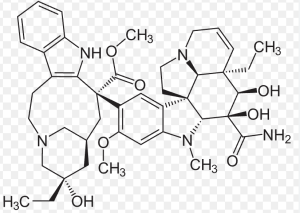In a case report + systematic review Babaee et al. from:
-
Department of Neurosurgery, University Hospital OWL, Campus Bethel, Bielefeld, NRW, Germany
-
Institute for Neuroradiology, University Hospital OWL, Campus Bethel, Bielefeld, NRW, Germany
* Journal: Brain & Spine * Purpose: Assess outcomes and optimal management—particularly CSF irrigation—following inadvertent intrathecal administration of vinca alkaloids (vindesine or vincristine). * Conclusions: Intrathecal vinca alkaloids are nearly universally fatal without aggressive intervention; CSF irrigation improves survival odds (40% vs 0%) but survivors suffer severe neurological deficits 1).
This paper offers a sobering update, but several critical flaws undermine its impact:


